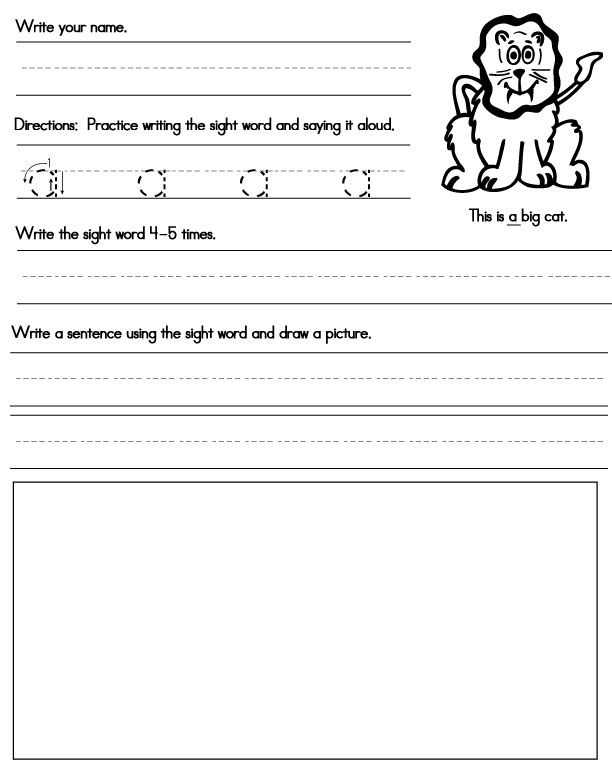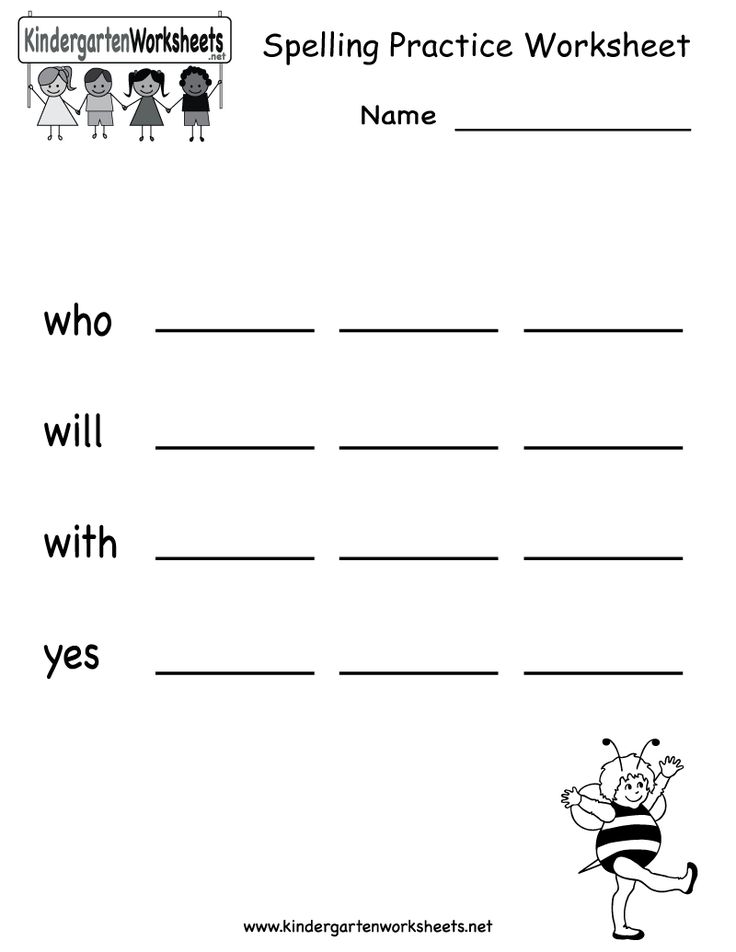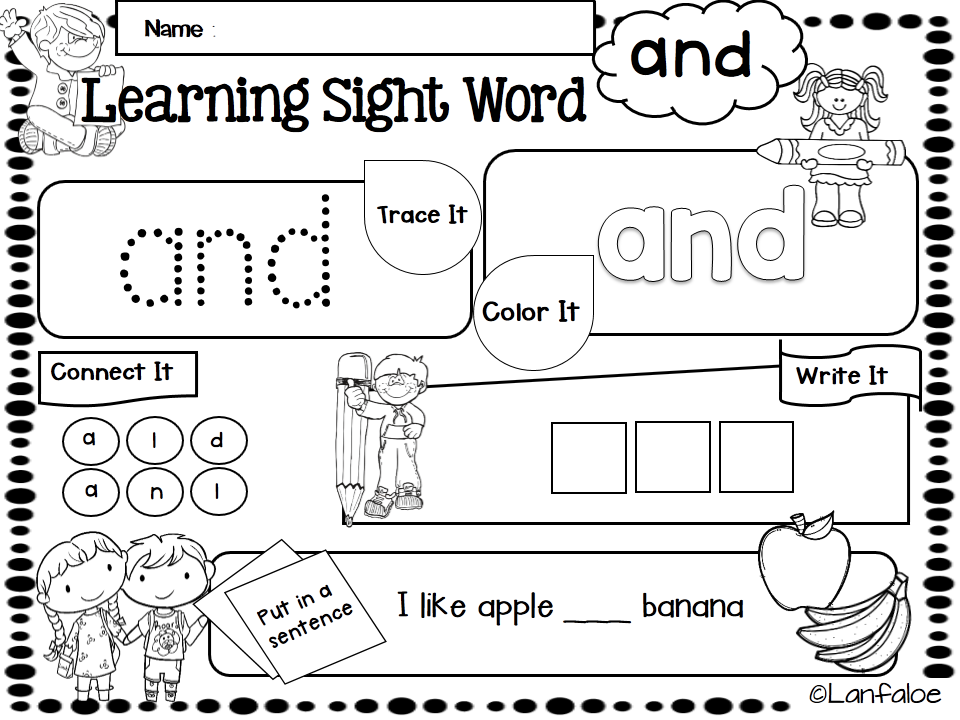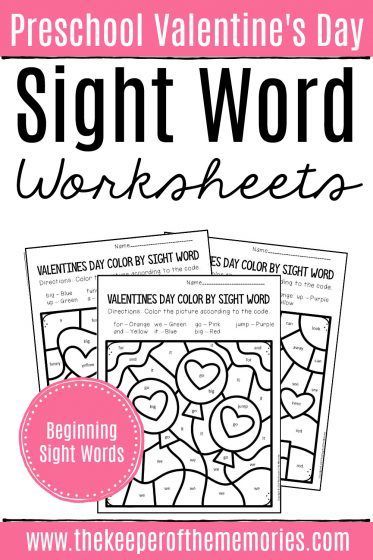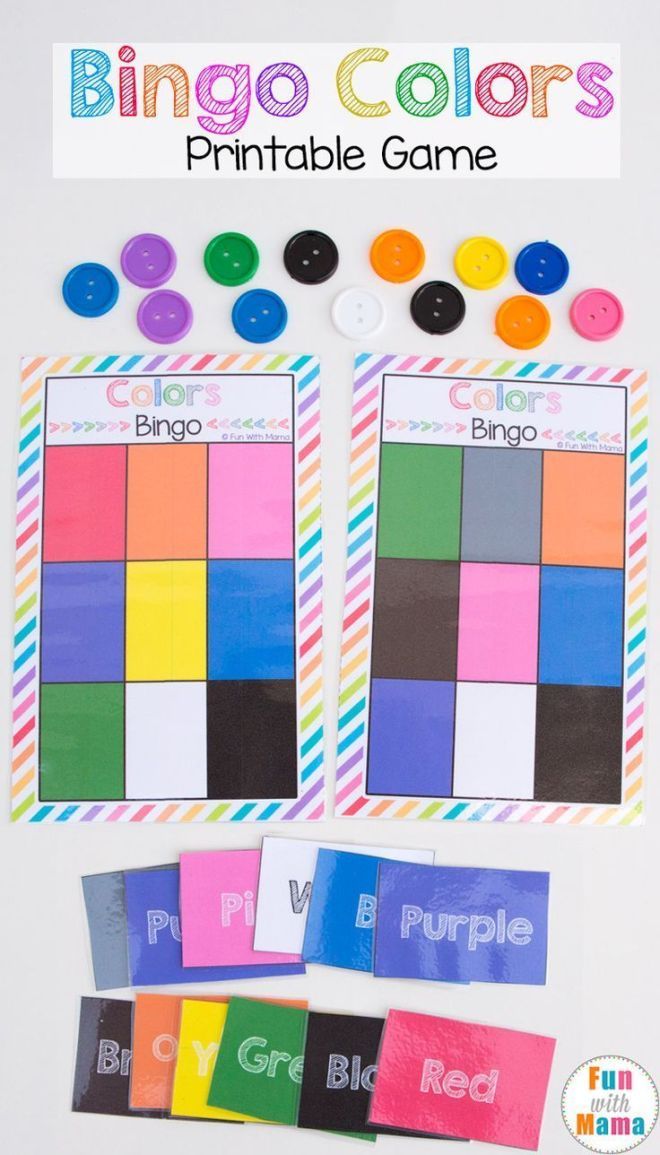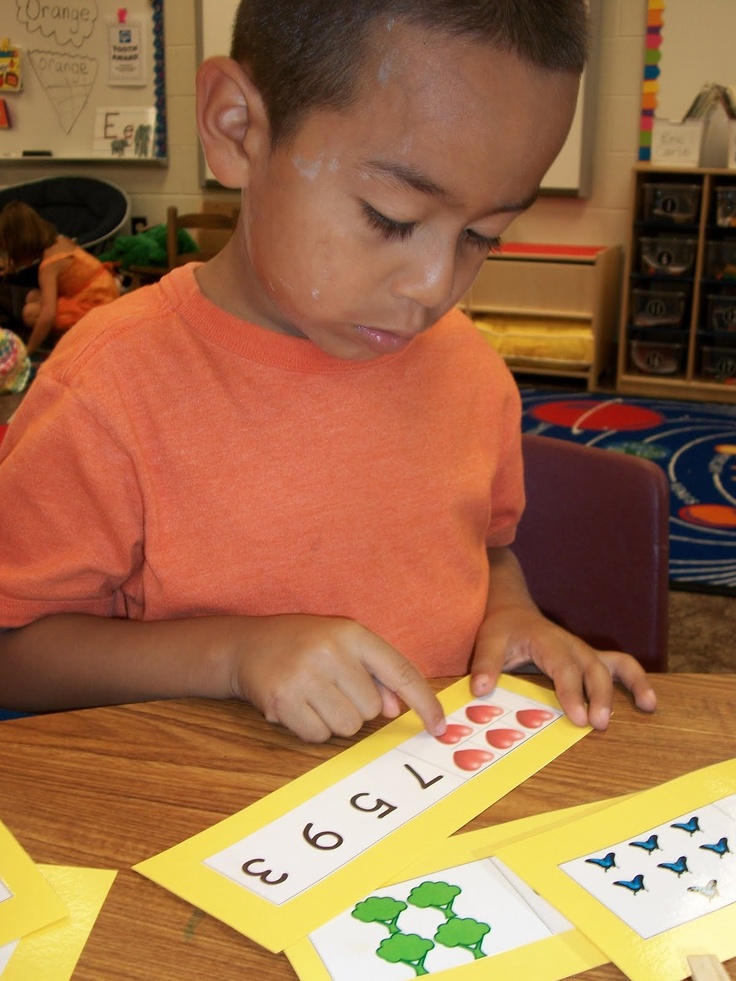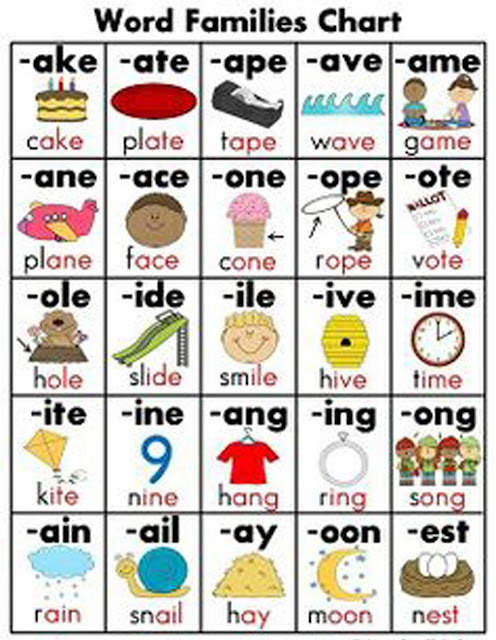Kindergarten printable sight word activities
Free Printable Kindergarten Sight Word Worksheets
Need more ways to practice the kindergarten sight words list with your students? These free printable kindergarten sight words worksheets offer many fun and meaningful opportunities to practice those high frequency words!
Kindergarten Sight Word Worksheets
These kindergarten sight word worksheets are the perfect way for your students to practice and master sight words all year long! These worksheets allow kindergarten students to work with each word in a variety of ways. Each worksheet has 7 sight word activities for students to complete, giving them a lot of exposure to each word.
They will get to practice reading the word, writing the word, spelling the word, and more on each printable sight word worksheet.
These activity sheets are so quick and easy for teachers to prep. All you have to do is print and go! These worksheets are the perfect addition to your morning work routine, literacy lessons, or independent practice time. Plus, they follow the same instructions for each word, so students will know exactly what to do each time.
Prep In Seconds
These printable worksheets are a no-prep wonder! All you have to do is print and go! No cutting, stapling, or laminating required.
The sight word worksheets come in black and white, so you can use them even if you don’t have access to colored copies.
Differentiated Sight Word Activities
These kindergarten sight word worksheets are so easy to differentiate because there are 51 different words included. You can easily assign the word or words that your students need to work on most.
You can have all students complete the worksheet for the word they are being introduced to that week. Down the road, if you notice a student or a small group of students struggling with that word, you can reassign it to them to reinforce the learning.
For students who are ready for more of a challenge, you can assign more difficult sight word worksheets for them to practice reading and writing.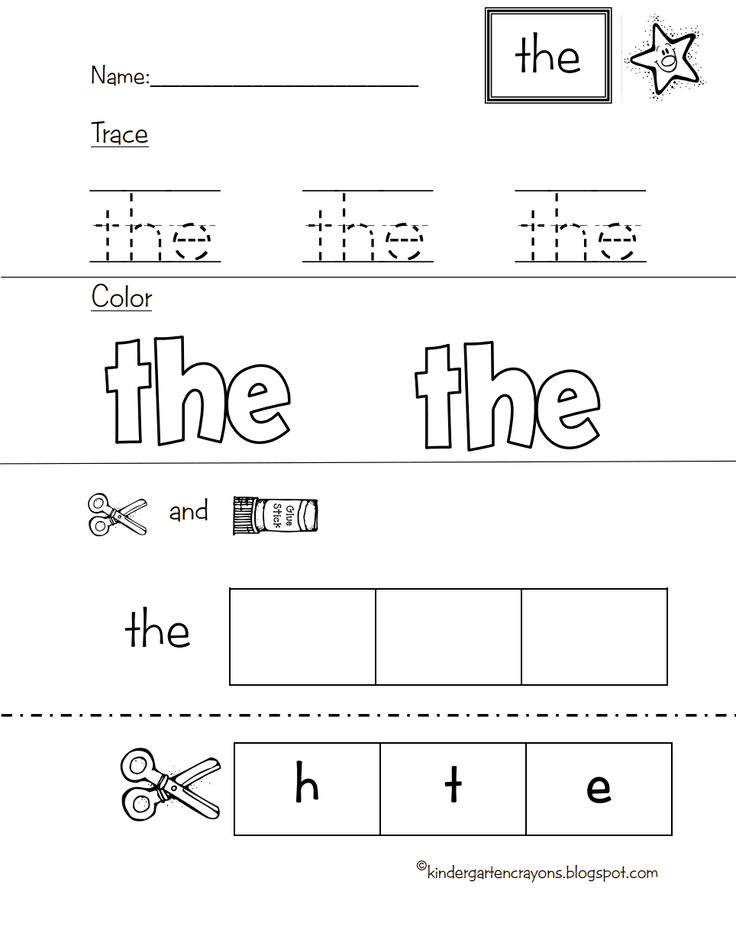
Each worksheet follows the same pattern of activities, so you only need to teach them how to use it one time and they’ll be set to successfully complete the rest of the worksheets.
These sight word worksheets take typical sight word practice, like flash cards, to the next level by incorporating a variety of activities to work with each word.
If you want to make it even more fun, let your students complete the worksheet using a colored pencil, crayon, or marker!
Using the Sight Word Worksheets
To use the printable kindergarten sight word worksheets, students will begin by reading the sight word. Next, they will work on writing the word by tracing it, following the arrows to ensure proper writing technique. Then they will write the word independently on the line.
Students get to use their creativity to decorate the word written in bubble letters. They also get to be word detectives by finding and circling the sight words hidden in the word search.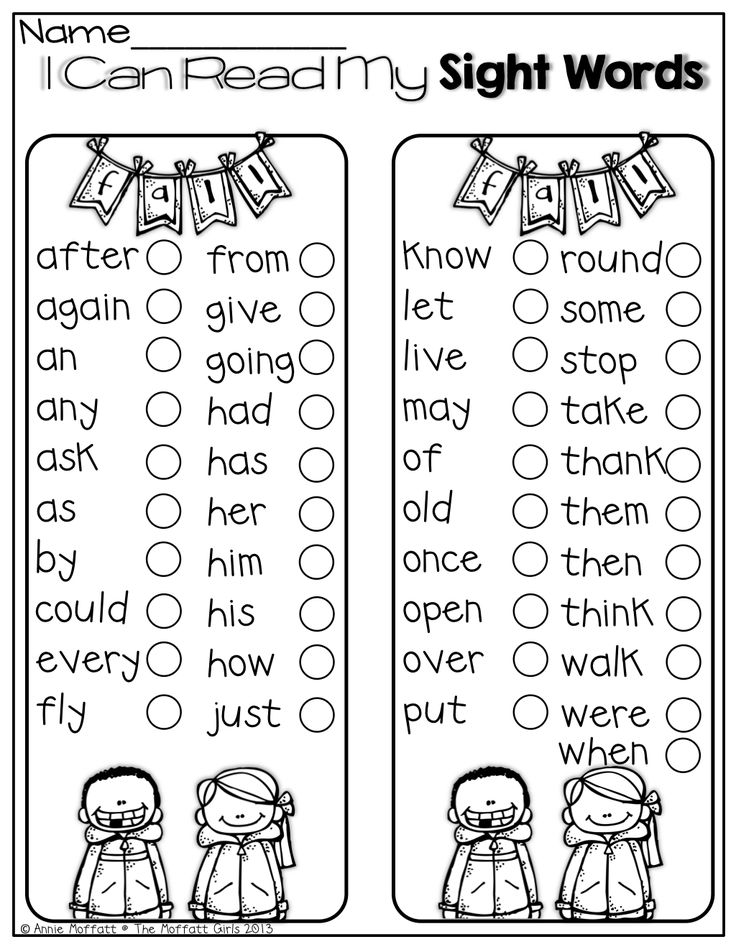
After that, the students will look at the letters of the alphabet and color in the letters that spell the sight word. Lastly, they will fill in the missing letters in the words at the bottom of the worksheet to spell the word correctly.
These sight word worksheets can even be assigned via Google Classroom or Seesaw. You can upload the PDF to the digital learning platform and have them complete it on their device. Another option is to have them complete it and submit a picture. Either way works great!
As you can see, they are getting to work with and manipulate each word in various ways, helping them retain the word more effectively.
These sight word worksheets are the perfect addition to any kindergarten classroom and will help your students become sight word masters. They’ll be well on their way to reading fluently after completing these sight word activities!
Click the button below to get the Kindergarten Sight Word Worksheets for your students! I hope you enjoy them!
Do you need these sight word worksheets for other levels? Get them below!
These sight word worksheets pair perfectly with our Superhero Sight Word Mats for Google Slides and Seesaw! Use the mats online and then add the worksheets for extra practice!
Here are some more sight word activities!
Editable Sight Word Activities
Editable Sight Word Games Bundle
Paperless Superhero Sight Word Mats
Free Printables Page
Free Printable Pre-K Sight Word Worksheets
Need more opportunities for your pre-k students to practice sight words? These free printable pre-primer sight words worksheets are a fun and effective way for your pre-k students to master their word list!
Pre-K Sight Word Worksheets
In pre-k, students begin working on learning sight words. The Dolch pre-primer sight words list is the perfect place for young readers to start working on words. These free sight word printable worksheets will give your pre-k, preschool, and even kindergarten students many meaningful opportunities to practice and work on these high frequency words.
The Dolch pre-primer sight words list is the perfect place for young readers to start working on words. These free sight word printable worksheets will give your pre-k, preschool, and even kindergarten students many meaningful opportunities to practice and work on these high frequency words.
Your students will get to work with each of the 40 pre-primer words on the Dolch sight word list in 7 different ways on each worksheet. These 7 activities will help students identify, read, spell, build, and write the words. Since each sight word worksheet focuses only on one word, your students can hone in on learning that word without getting confused.
These worksheets not only offer free sight word practice for students, but they also offer a no-prep option for teachers. Simply print and go, that’s it! These pre-k sight word worksheets can also be uploaded as a digital activity if you are using Google Classroom, Seesaw, or another digital learning platform.
Add these no-prep worksheets to your morning tubs, literacy lessons, early finisher activities, or as an independent sight word activity. The directions are the same for each sight word, so your students will know exactly what to do and can complete them with success.
The directions are the same for each sight word, so your students will know exactly what to do and can complete them with success.
No-Prep Sight Word Worksheets
These free printable worksheets are fun, effective, and best of all…no-prep! To get these ready for your students, simply print and go. No cutting, stapling, or laminating required. The sight word worksheets come in black and white, so you can use them even if you don’t have access to colored copies.
If you want to plan ahead and save time down the road, you can print multiple words at once and store them in file folders or colorful trays for easy grab-and-go access.
Additionally, if you are using them digitally, you can upload the PDF into your learning platform ahead of time with the words you want your students to work on. Another option is to have the students complete the worksheet and submit a picture to your learning platform.
Differentiated Pre-Primer Sight Word Activities
These pre-k sight word worksheets are very versatile and can be used in a variety of ways, making differentiation a breeze. There are 40 pre-primer words included. You can easily use these worksheets for pre-k and preschool sight word work and kindergarten sight word work. Depending on the needs of your students, you can assign the word or words they need the most practice with to achieve mastery.
There are 40 pre-primer words included. You can easily use these worksheets for pre-k and preschool sight word work and kindergarten sight word work. Depending on the needs of your students, you can assign the word or words they need the most practice with to achieve mastery.
Here are a few ways in which you can utilize these sight word worksheets:
- Complete a worksheet for the word of the week.
- Revisit common words students struggle with,
- Assign certain words to small groups depending on level.
- Spiral review words throughout the year.
- Assign more challenging words to students who are ready.
- Have students work on reading fluency by completing a worksheet and then read a leveled reader focusing on that word.
Each sight word worksheet follows the same pattern of activities to read the word and write the word, so you only need to teach students how to use it one time and they’ll be set to successfully complete the rest of the word work worksheets.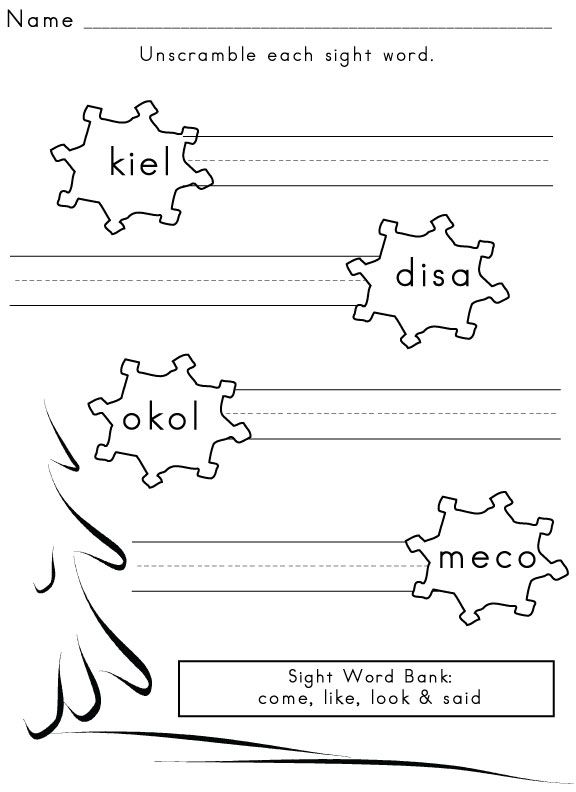
These pre-primer sight word worksheets make practice more fun, engaging, and hands-on than other types of activities, such as flash cards or rote memorization drills.
To make learning sight words even more fun for your students, you can let them complete the worksheets using colored pencils, crayons, or markers! They’ll love it!
Implementing the Sight Word Worksheets
To implement the free printable pre-k sight word worksheets, students will first read the focus sight word at the top of the page. Next, they’ll work on tracing the word, following the arrows to ensure proper writing technique and directionality. Then they will write the word independently on the line.
Students get to become artists for the next activity as they decorate the word written in bubble letters. If you wanted to encourage direction following, you could give students specific directions, such as, “Give the first letter big blue polka dots.”
They also get to be word detectives by finding and circling the sight words hidden in the word search.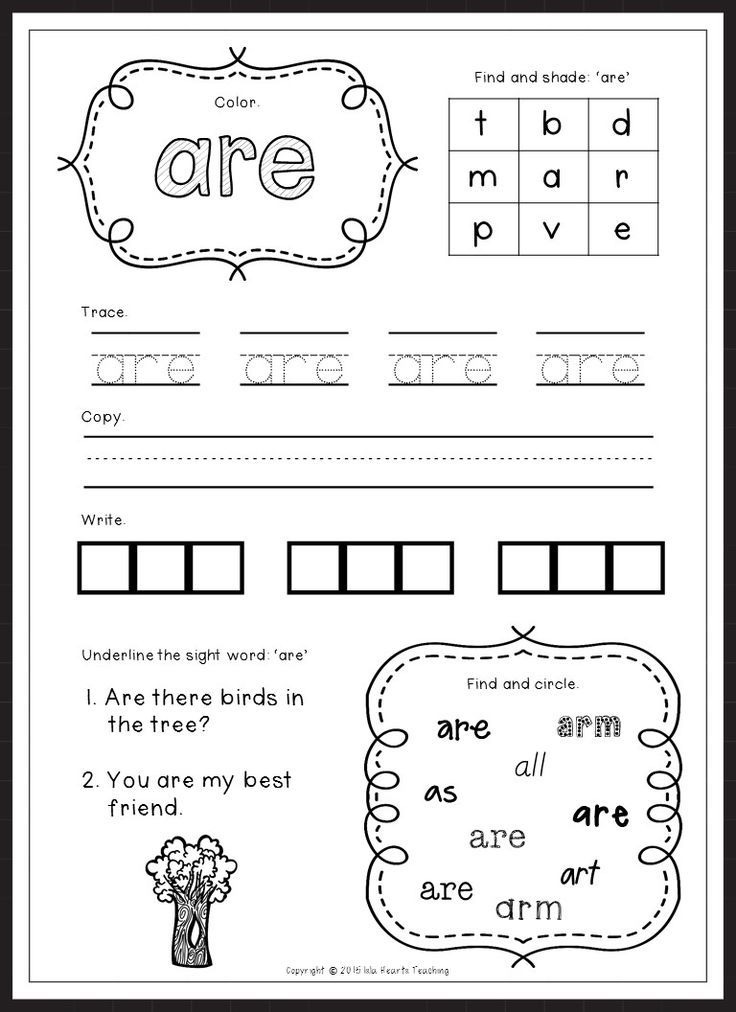 To make this more fun, you can give students magnifying glasses and highlighters to find and circle the words.
To make this more fun, you can give students magnifying glasses and highlighters to find and circle the words.
After that, the students will look at the letters of the alphabet and color in the letters that spell the sight word. Finally, they will fill in the missing letters in the words at the bottom of the worksheet to spell the word correctly.
In just one no-prep worksheet, students are getting a ton of meaningful practice and word work opportunities.
These sight word worksheets are perfect for practicing pre-primer sight words in any pre-k classroom! They’ll become sight word reading rockstars in no time after completing these fun sight word activities!
Click the button below to get the Pre-K Sight Word Worksheets for your students! I hope you enjoy them!
Do you need these sight word worksheets for other levels? Get them below!
These sight word worksheets pair perfectly with our Superhero Sight Word Mats for Google Slides and Seesaw! Use the mats online and then add the worksheets for extra practice!
Here are some more sight word activities!
Editable Sight Word Activities
Editable Sight Word Games Bundle
Paperless Superhero Sight Word Mats
Free Printables Page
Logistics and equipment of the educational process
Modern teaching aids for kindergarten in accordance with the requirements of the Federal State Educational Standard
A small child is surrounded by various objects that imitate the world of adults, or specially designed for the development of a child.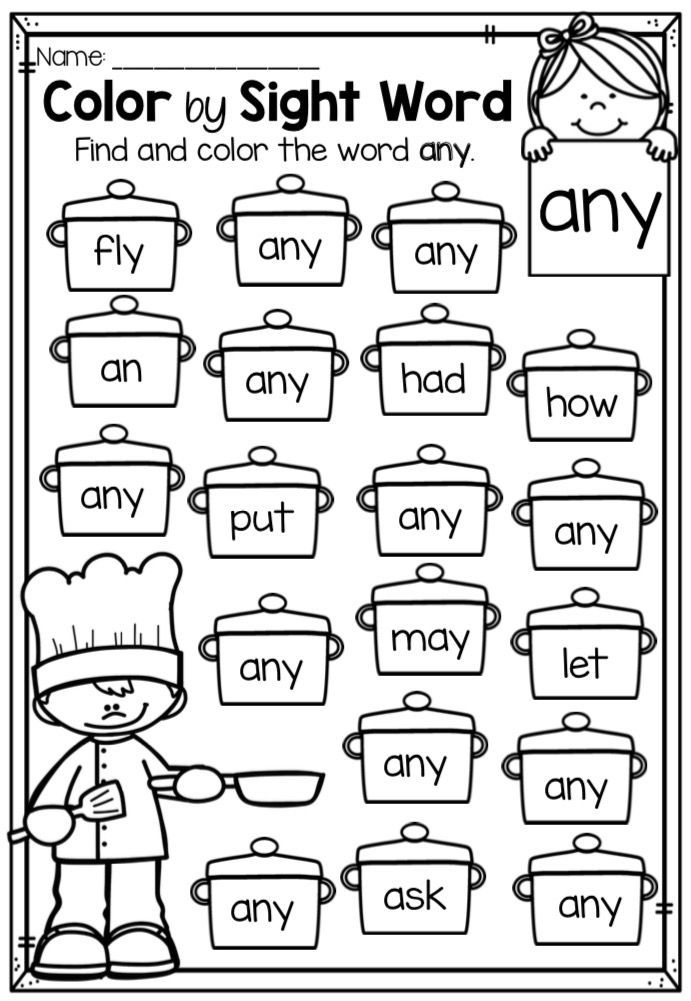 He actively manipulates these objects, seeks to find out how they are arranged, what they are intended for, tries to establish the relationship between objects and phenomena of reality. The child is interested in how various machines and mechanisms work, how a person works, how certain natural phenomena are explained. At the same time, he lives in the world of role-playing games, every minute playing this or that role, and in the game he learns the rules of life in a team and the laws of the world around him.
He actively manipulates these objects, seeks to find out how they are arranged, what they are intended for, tries to establish the relationship between objects and phenomena of reality. The child is interested in how various machines and mechanisms work, how a person works, how certain natural phenomena are explained. At the same time, he lives in the world of role-playing games, every minute playing this or that role, and in the game he learns the rules of life in a team and the laws of the world around him.
The issue of organizing the subject-developing environment of a preschool educational institution is particularly relevant today. This is due to the introduction of a new Federal State Educational Standard (FSES) to the structure of the main general educational program of preschool education.
Requirements of the Federal State Educational Standard for the developing subject-spatial environment:
1.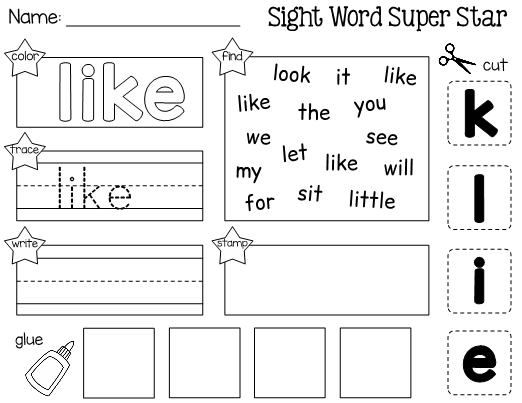 The subject-developing environment ensures the maximum realization of the educational potential.
The subject-developing environment ensures the maximum realization of the educational potential.
2. Accessibility of the environment, which implies:
- accessibility for pupils of all premises of the organization where the educational process is carried out;
- Free access for pupils to games, toys, materials, manuals, providing all basic activities.
The organization of the development environment in the DOW, taking into account the Federal State Educational Standard, is built in such a way as to make it possible to most effectively develop the individuality of each child, taking into account his inclinations, interests, and the level of activity.
The condition of the material and technical base of the preschool institution meets the pedagogical requirements, the current level of education and sanitary standards, which is confirmed during licensing.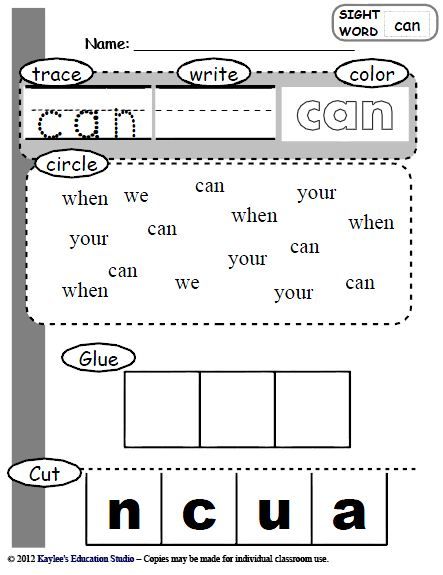
Kindergarten is located in two separate buildings. The premises have been reconstructed: offices for all specialists have been created. The territory of the kindergarten is landscaped, equipped with verandas, has the appropriate equipment.
The created conditions ensure the effectiveness of correctional and developmental work, and allow the child to fully develop as a person. All rooms where children are engaged correspond to their functional purpose and aesthetic requirements. The interior design of the building, corridors, landings and additional premises in a preschool institution is carried out taking into account the requirements of aesthetics. All this became possible, including thanks to the parents of our pupils.
In kindergarten there are separate special premises:
- office of the head
- Office of the Deputy AHC
- Methodical office
- Musical and Physical Cultural Hall (combined)
- Medical room
- Physio room
- Defectologist teacher's rooms
- Canteen
- Laundry
All rooms are equipped in accordance with their functional purpose and meet sanitary and hygienic requirements.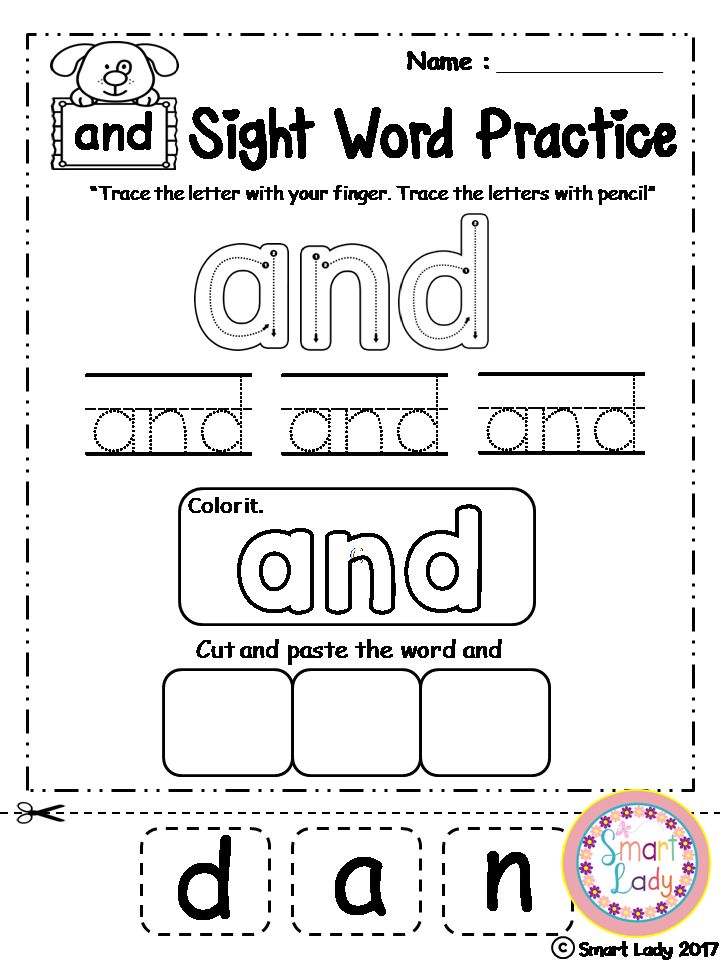
The developing environment in preschool educational institutions is enriched with the necessary elements that stimulate the cognitive, emotional, motor activity of children.
Creating a subject-developing environment in a preschool educational institution, we focused on the fact that:
1. The environment should perform educational, developing, educating, stimulating, organized, communicative functions. But most importantly, it should work for the development of the independence and initiative of the child.
2. Flexible and variable use of space. The environment should serve to meet the needs and interests of the child.
3. The shape and design of the items is focused on the safety and age of children.
4. Decor elements can be easily changed.
5. Each group has a place for children's experimental activities.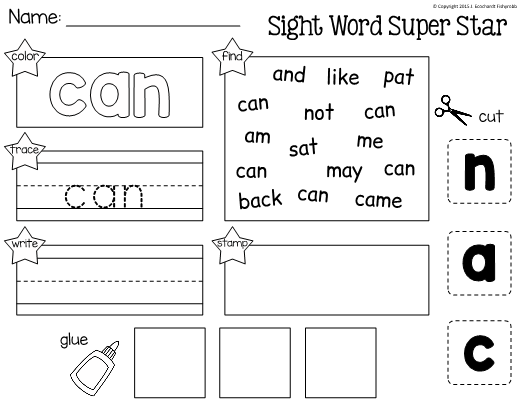
6. Organizing the object environment in the group room, the patterns of mental development, health indicators, psychophysiological and communicative features, the level of general and speech development, as well as indicators of the emotional and need sphere were taken into account.
7. The color palette is presented in warm, pastel tones.
8. When creating a developing space in a group room, the leading role of play activity was taken into account.
9. The subject-developing environment of the group varies depending on the age characteristics of children, the period of study, and the educational program.
The subject-developing environment is organized so that every child has the opportunity to freely do what they love. The equipment is placed in sectors (development centers), which allows children to unite in subgroups of common interests: design, drawing, manual labor, theater and play activities, experimentation.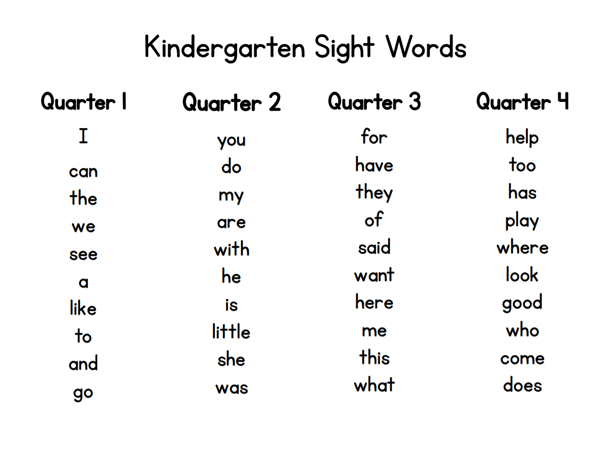 Mandatory in the equipment are materials that activate cognitive activity: educational games, technical devices and toys, models, objects for experimental search work - magnets, magnifying glasses, springs, scales, beakers, etc.; a large selection of natural materials for study, experimentation, collections.
Mandatory in the equipment are materials that activate cognitive activity: educational games, technical devices and toys, models, objects for experimental search work - magnets, magnifying glasses, springs, scales, beakers, etc.; a large selection of natural materials for study, experimentation, collections.
Each age group has equipment that takes into account the interests of boys and girls, both in work and in play. For boys, tools for working with wood, for girls for working with needlework. For the development of a creative idea in the game for girls there are items of women's clothing, jewelry, lace capes, bows, handbags, umbrellas, etc.; for boys - details of military uniforms, items of uniforms and weapons of knights, Russian heroes, various technical toys. There are a large number of "improvised" materials (ropes, boxes, wires, wheels, ribbons that are creatively used to solve various game problems. In groups of older preschoolers there are various materials that contribute to mastering reading, mathematics: block letters, words, tables, books with in large print, manual with numbers, printed board games with numbers and letters, puzzles, as well as materials reflecting the school theme: pictures about the life of schoolchildren, school supplies, photographs of schoolchildren-older brothers or sisters, attributes for school games.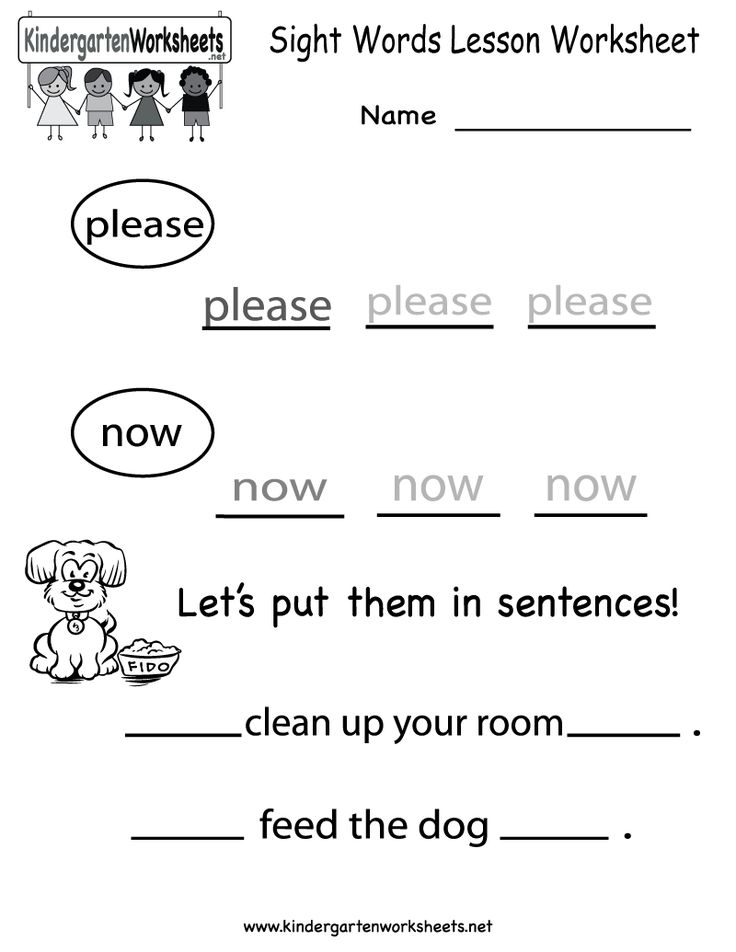 0004
0004
The necessary equipment for older preschoolers are materials that stimulate the development of broad social interests and cognitive activity of children. These are children's encyclopedias, illustrated publications about the animal and plant world of the planet, about the life of people from different countries, children's magazines, albums, brochures.
A rich subject-developing and educational environment in the preschool educational institution is the basis for organizing an exciting, meaningful life and the versatile development of each child. The developing subject environment is the main means of shaping the child's personality and is the source of his knowledge and social experience.
The environment surrounding children in kindergarten ensures the safety of their lives, promotes health and hardening of the body of each of them.
It is important that the subject environment has the character of an open, open system capable of adjustment and development. In other words, the environment is not only developing, but also developing. Under any circumstances, the objective world surrounding the child must be replenished and updated, adapting to neoplasms of a certain age.
In other words, the environment is not only developing, but also developing. Under any circumstances, the objective world surrounding the child must be replenished and updated, adapting to neoplasms of a certain age.
Thus, creating a subject-developing environment for any age group in a preschool educational institution, it is necessary to take into account the psychological foundations of the constructive interaction of participants in the educational process, the design and ergonomics of the modern environment of a preschool institution and the psychological characteristics of the age group targeted by this environment.
Catering in preschools
Protection and promotion of children's health
Rehabilitation of people with disabilities
Passport of accessibility of the social infrastructure facility (building 1)
Passport of accessibility of the social infrastructure facility (building 2)
Use of various types of activities when organizing holidays in kindergarten
educational areas. Among them in the section of artistic and aesthetic development is the educational area "Music". The importance of the field "Music" for the development, upbringing and education of children is indicated.
Among them in the section of artistic and aesthetic development is the educational area "Music". The importance of the field "Music" for the development, upbringing and education of children is indicated.
The educational area "Music" allows:
- for a child: to carry out emotional and sensory knowledge of the world, to realize the first experiences of interaction with music, to enrich individual cultural experience, to establish social contacts and communications, to practice ways of self-expression, the first experiments of creativity;
- to an adult (teacher and parent): effectively develop the emotional and sensory sphere of the child, introduce him to culture and musical art, develop children's creativity, saturate the child's environment in preschool educational institutions with music, using its psychophysiological and sociocultural effects.
When developing the educational area "Music", the authors took into account that music for a preschool child is:
- a way of self-expression;
- a way of knowing and understanding the surrounding world;
- a universal way of life.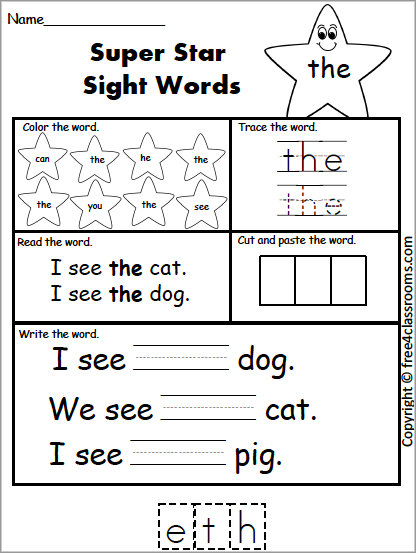
The main tasks of pedagogical work in the educational field "Music" are focused on creating conditions for:
- development of various qualities and abilities of the child;
- development of musical and artistic activities.
Children's holiday is an important part of a child's life, it is a joyful event that allows you to relax, shake yourself up, forget, and sometimes just take a break from everyday life. And the words have almost become an aphorism: “There is no childhood without holidays!” Holidays spiritually enrich the child, expand his knowledge about the world around him, help restore old and good traditions, unite and encourage creativity. When preparing it, teachers, educators, parents should first of all focus on the interests of each specific child and group of children for whom this holiday is being prepared. And the main criterion for the selection of material here is entertainment, brightness and fun. The holiday is used to sum up the results of training, it is a convenient situation for repeating the material covered recently.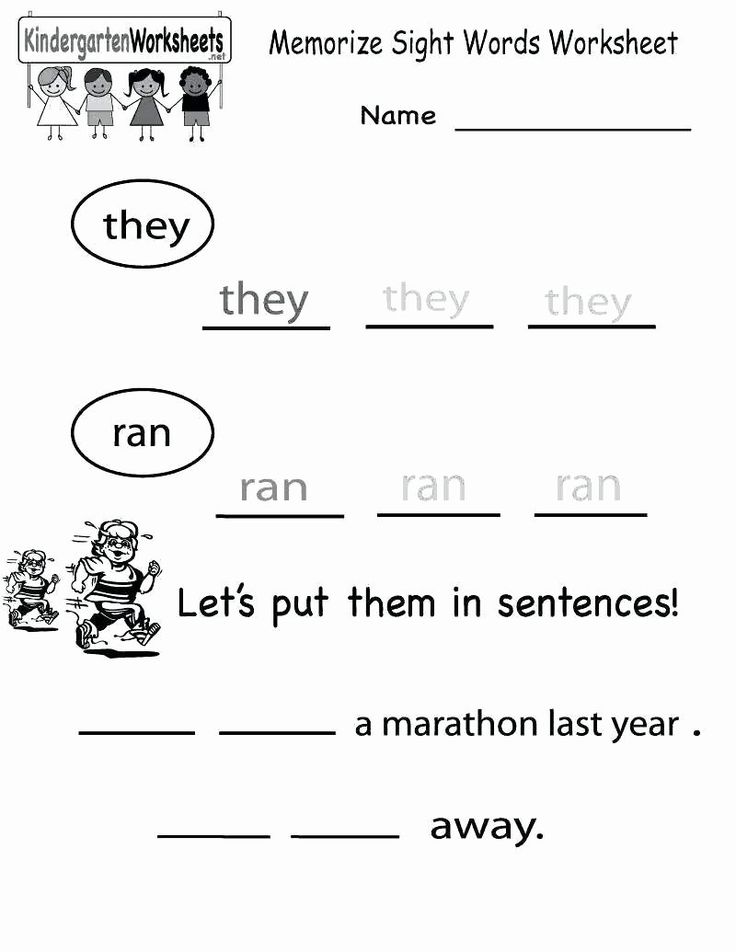 The holiday develops children, prepares them for creative, productive activities, helps to solve many specific tasks of raising and educating children.
The holiday develops children, prepares them for creative, productive activities, helps to solve many specific tasks of raising and educating children.
Despite the fact that the holiday in the practice of kindergartens is considered as the most important means of implementing the tasks of development, education and upbringing of children, the preparation of the holiday and its organization are not covered enough in the literature.
Impressions of early childhood often remain in the memory for life. Their brightness and richness can warm and decorate a person's soul for many years to come.
Holidays bring their special feelings and experiences into the general chain of joyful moods, unforgettable emotions of childhood. Holidays are the joy of communication, the joy of creativity and co-creation, the joy of self-expression, the joy of liberation and mutual enrichment. And the holiday should have not only entertaining, but also developing, educational functions.
The main task of teachers, using the interest of children, their enthusiasm, is to synthesize in this type of activity both aesthetic and moral education, the ability to see and understand beauty, as well as all those skills that children have mastered during the entire period of study.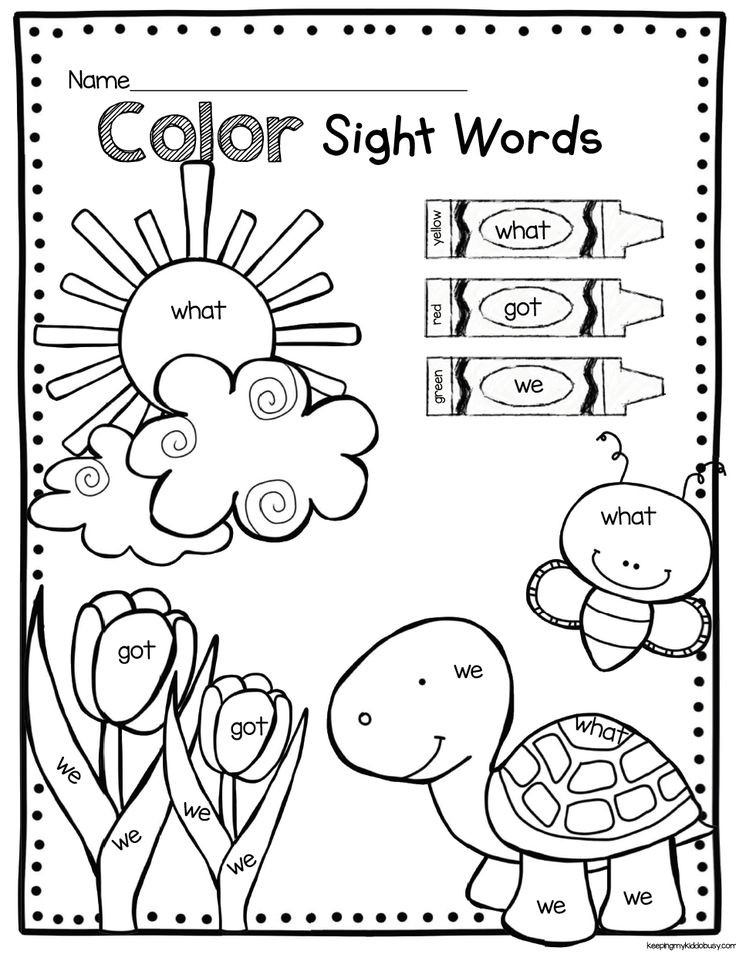
A holiday is a wonderful situation for activating speech, its communicative function. A holiday is a speech environment that is so necessary for children with hearing impairments. The holiday reveals the richest opportunities for the comprehensive development of a child with a hearing impairment.
In any holiday there are various types of art: literature, music, painting, theater, pantomime. Thus, the holiday is a synthesis of almost all types of arts. In a variety of activities, inclinations are manifested, certain skills and abilities are formed. At the festival, children not only talk, but dance, sing, draw. Children learn to subordinate their movements to the rhythm of music, to distinguish between musical tempos, to reflect them in movements, games, accompanying with speech.
It is also necessary to single out a special type of activity - communication.
The basis of any holiday is musical activity. In kindergarten, it consists of songs and dances. Singing seems to us an important element in teaching children's speech, as it is of great help in the process of developing auditory perception, voice development and pronunciation.
Singing seems to us an important element in teaching children's speech, as it is of great help in the process of developing auditory perception, voice development and pronunciation.
In the process of staging a dance, a lot of work is done to develop auditory perception. Children need to be taught to distinguish between musical beats and the rhythm of music, it is also necessary to learn dance movements, which in turn has a beneficial effect on the development of large motor skills, coordination and muscle memory. Also, dance allows children to feel the character and rhythm of music through a set of certain movements.
An important role in the holiday is played by speech activity, which mainly comes down to learning poems. In our opinion, reading poetry and other speech activities at the holiday are not only desirable and possible, but also necessary, because this creates the richest opportunities for the development of speech, creates the speech environment so necessary for children with speech impairment; a child placed in the conditions of public speaking feels his responsibility: he must speak, speak in such a way that he is understood.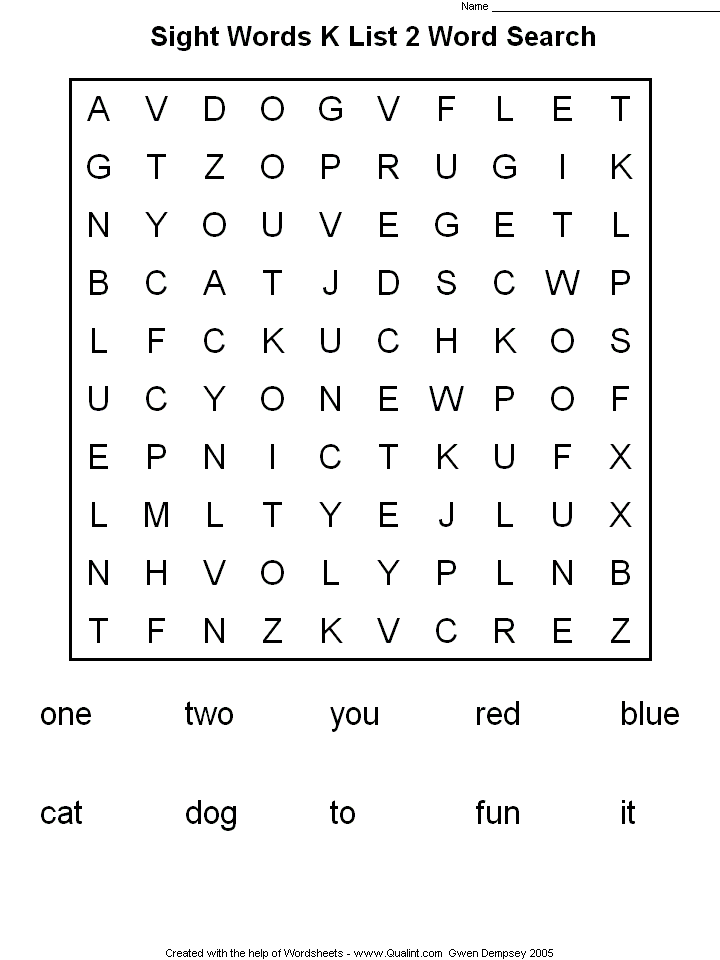 Children like to perform, to show what they can do. A holiday is a good situation to activate speech.
Children like to perform, to show what they can do. A holiday is a good situation to activate speech.
Stages of work.
Studying the experience of kindergartens in organizing holidays, we identified the following stages of work on the holiday. Let's consider them:
Stage I - preliminary planning.
Stage II - work on the script.
Stage III - preliminary acquaintance of children with the holiday.
Stage IV - rehearsals.
Stage V - celebration.
Stage VI - summing up.
Stage VII — aftereffect of the holiday.
I. At the beginning of the academic year, a meeting of the teaching staff is held to discuss the work plan for the year. There is a choice of holidays and the dates for their implementation are set.
II. At the second stage, direct preparation for the holiday begins. Teachers, analyzing programs for the development of speech, the development of auditory perception and pronunciation, select speech material for children in their group, taking into account their individual characteristics, abilities and knowledge.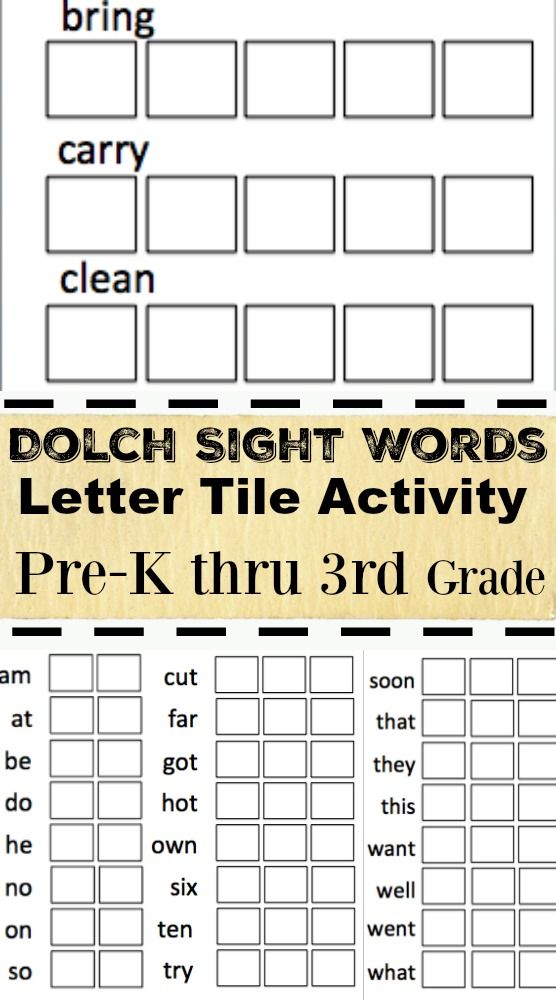
The music director selects dances, and the selection is carried out taking into account the capabilities of each individual child and the group of children as a whole.
If the level of oral language proficiency allows children to sing, then the music director, together with the teacher, choose a song that the children can sing.
At this stage of preparation, a holiday scenario is created, which includes already selected speech and musical material. Moreover, the first holiday in the academic year (usually this is the holiday of autumn) is based on very simple material. The holiday includes as many spectacles and games as possible, in which the teaching staff play a leading role, and the musical speech activity of children is based on the skills and abilities acquired this year. At subsequent holidays, spectacles and games are gradually replaced by children's performances, and teachers are left with only the role of a leader.
III. When the script is ready, the educators conduct classes in their groups where the children are told about the upcoming holiday, it is explained what kind of holiday it is and what it is dedicated to.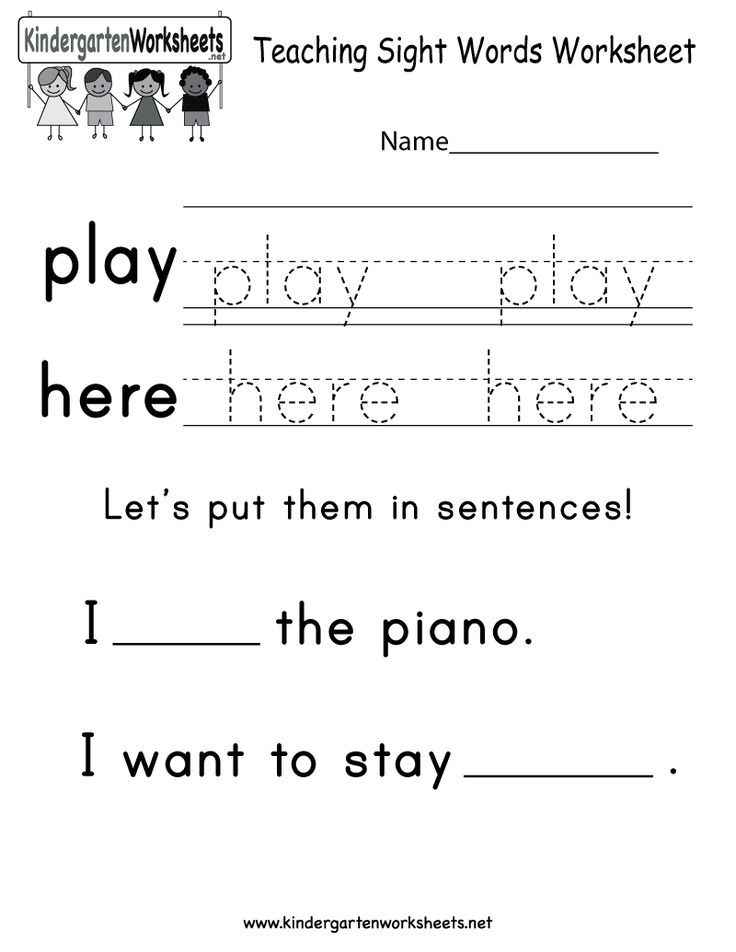 If this holiday was already celebrated last year, then everyone remembers what happened on it. The teacher finds out what the children remember and, if necessary, fills in the gaps in the memory of the children.
If this holiday was already celebrated last year, then everyone remembers what happened on it. The teacher finds out what the children remember and, if necessary, fills in the gaps in the memory of the children.
After the children have figured out what kind of holiday it is, they are explained who will be present on it (parents, educators, teachers, children from other groups, etc.) and what the children themselves will do. At this stage, children should understand their tasks, realize their role in the process of preparing and holding a holiday, so that in the course of learning poems, staging dances, preparing the hall, they see, understand why they are doing it. It is necessary to set a goal for the child, towards which he will move with the help of teachers.
IV. After defining goals and objectives, direct work begins on learning poems, songs, staging dances, decorating the hall, and making accessories for costumes. At this stage, work is also underway on the script, where changes and adjustments that have appeared during work are made.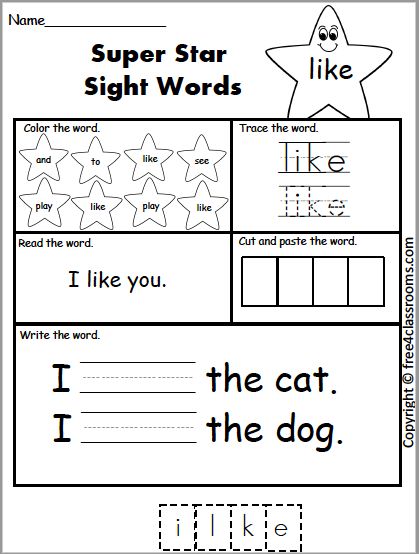 Thus, the final version of the script appears just before the start of the holiday.
Thus, the final version of the script appears just before the start of the holiday.
V. When that very long-awaited day comes, when the transformed and decorated hall is full of spectators, and children with bated breath wait for the action to begin. The holiday begins, passes and ends, but the work on the holiday does not end.
Stage VI is summing up. As we have already noted, the memory of children, and even adults, keeps bright, joyful, vivid impressions that the holiday is rich in for a long time. And the task of teachers at this stage is to “attach” to these memories the skills, abilities and knowledge that children received at the holiday and in the process of preparing it. To do this, conversations are held in which children remember what they liked, with the help of a teacher, the most important and important thing in the holiday is highlighted, incomprehensible moments are explained.
Stage VII — holiday aftereffect. At this stage, the most meaningful and colorful impressions related to the theme of the holiday are fixed, they are captured in drawings and modeling.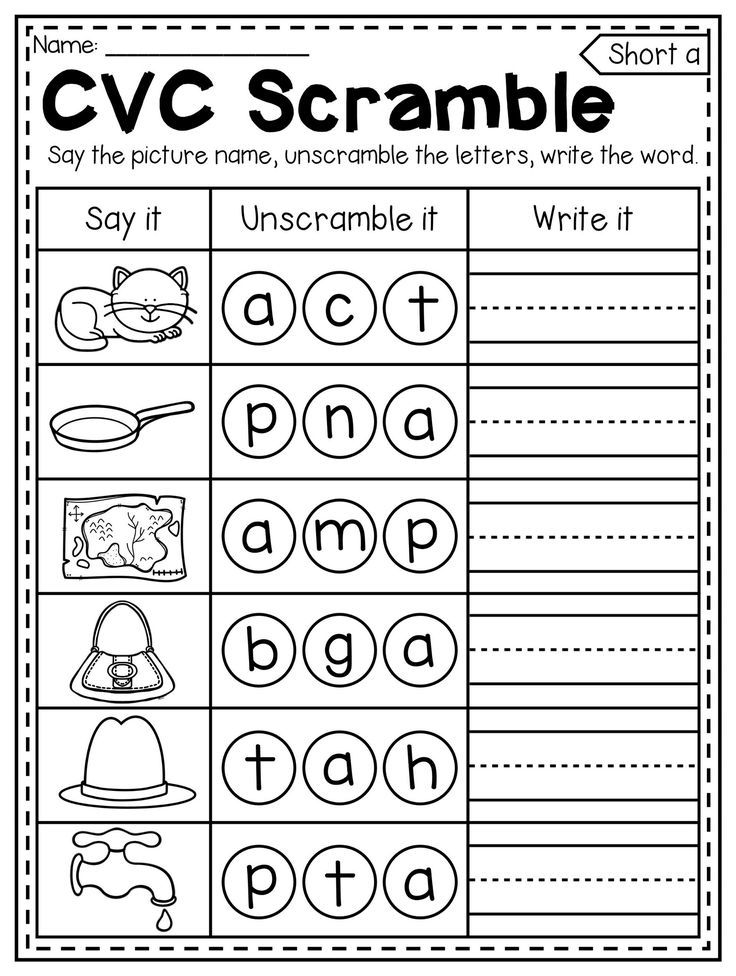
At music lessons, children repeat their favorite dances and actions of individual characters. Some performances are repeated several times, changing performers.
All this helps to feel the content of the holiday deeper, keep good memories of it and, which is very important for children with hearing impairments, make the most of this situation for learning and development.
To reduce the fatigue of children, frequent changes in activities are needed. For these purposes, games are used at the festival. They allow children to relax and move around. At holidays in kindergarten for children with hearing impairments, games are always used that children are already familiar with, which they have already played in music classes, physical education classes, etc. This is due to the fact that explaining the rules of the game, showing actions playing at a party can take a very long time. And the holiday should be held at a good pace and unjustified pauses, as well as lengthy speeches, and too many of them tire the children, dampen them, violate the single line of emotional and physiological stress.